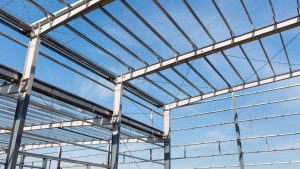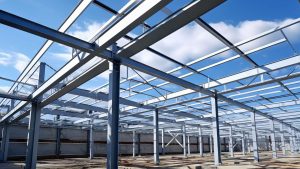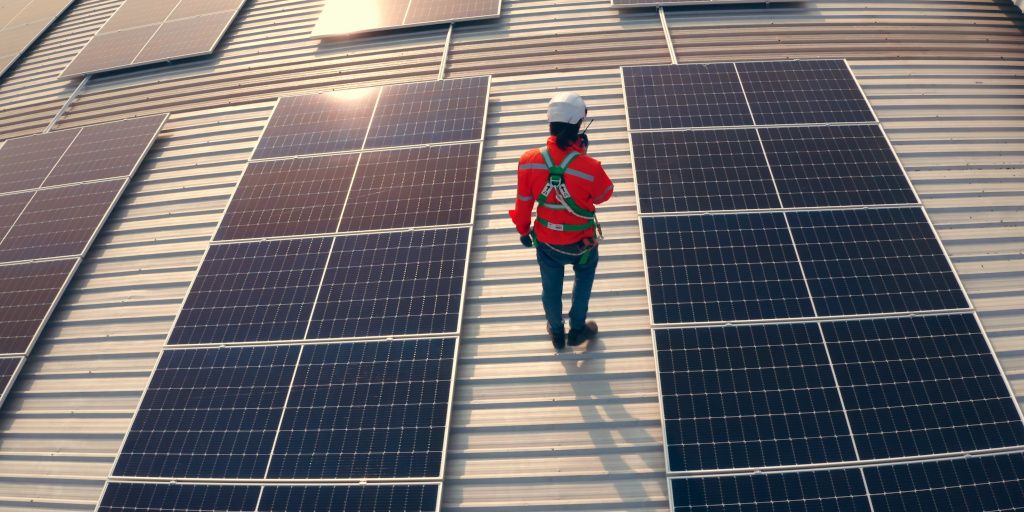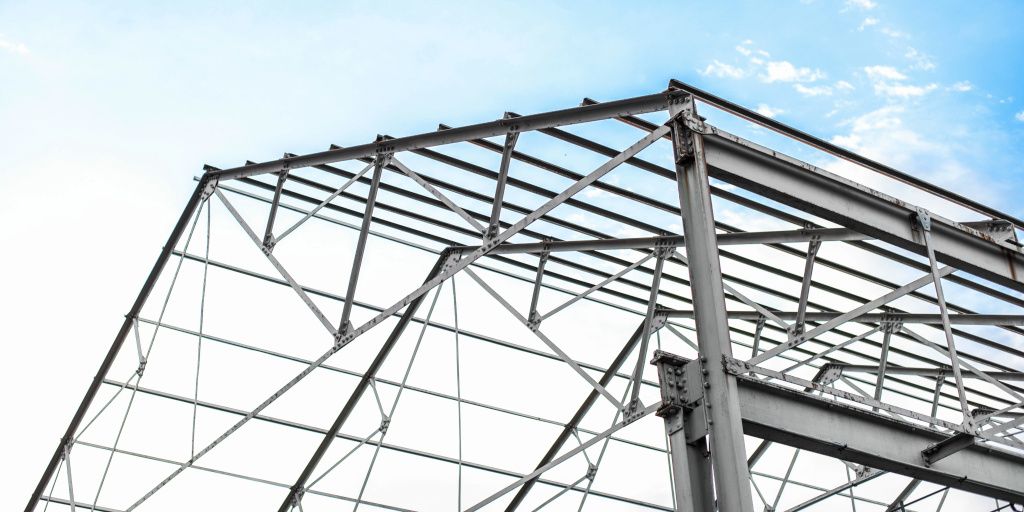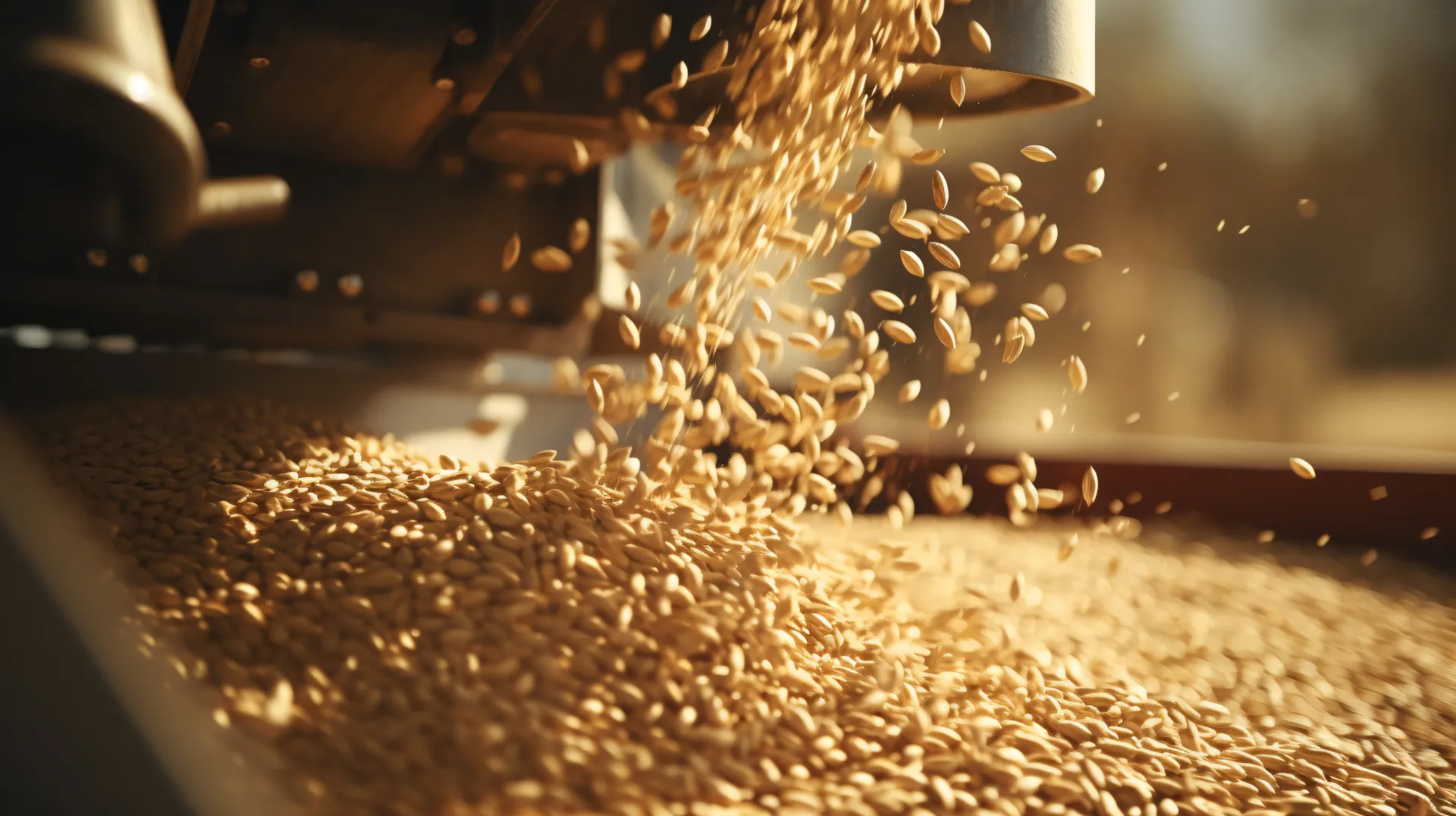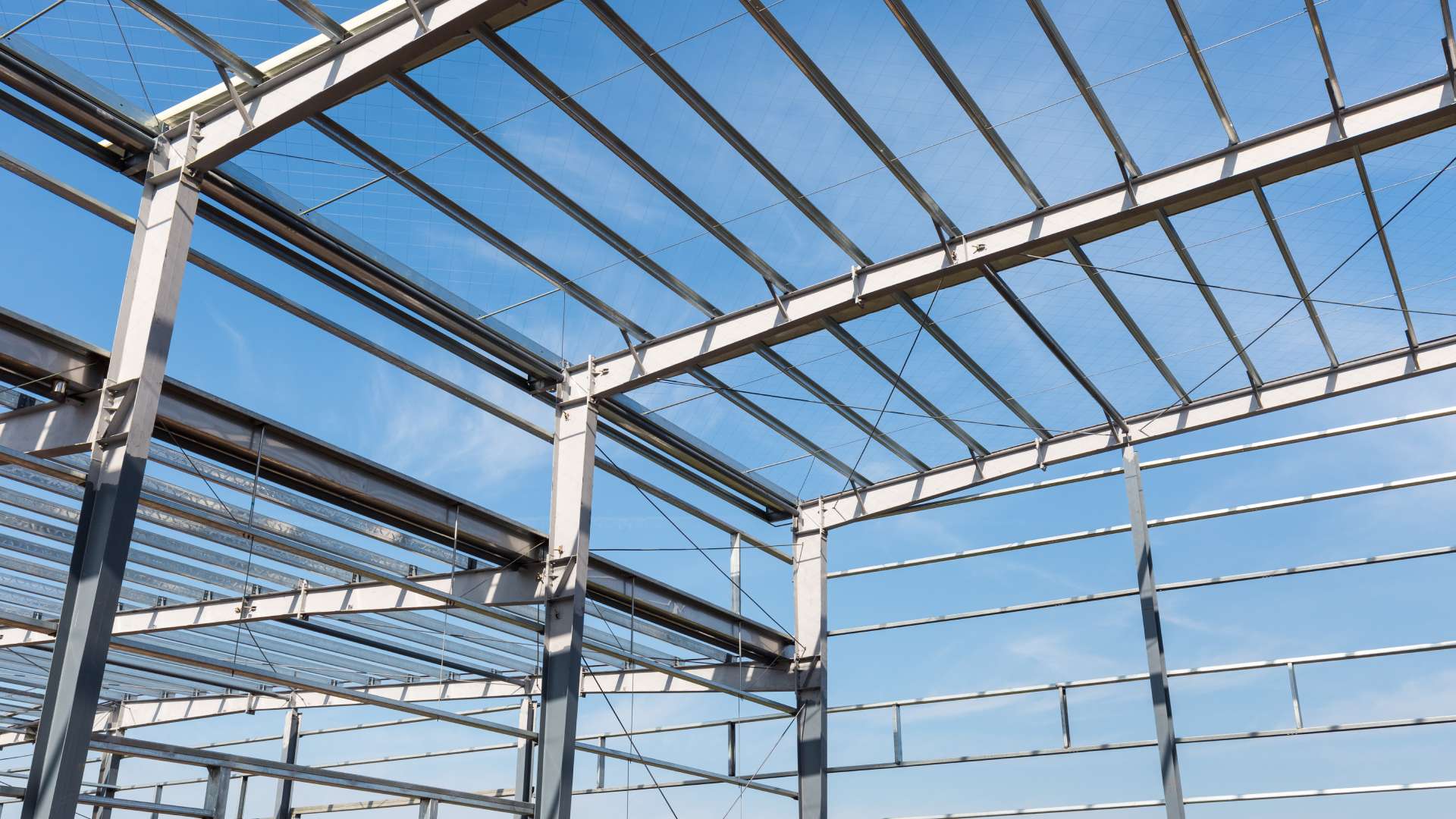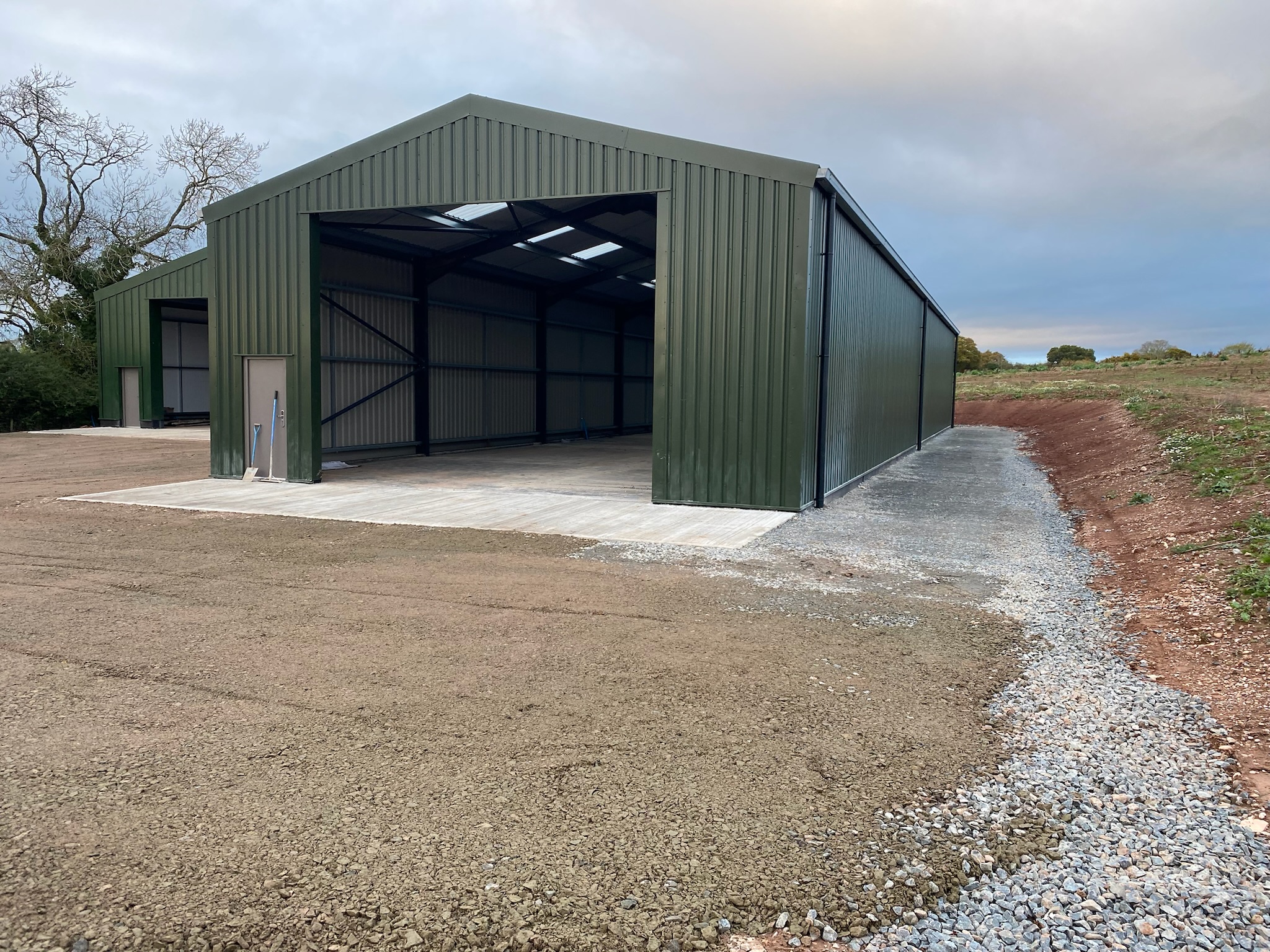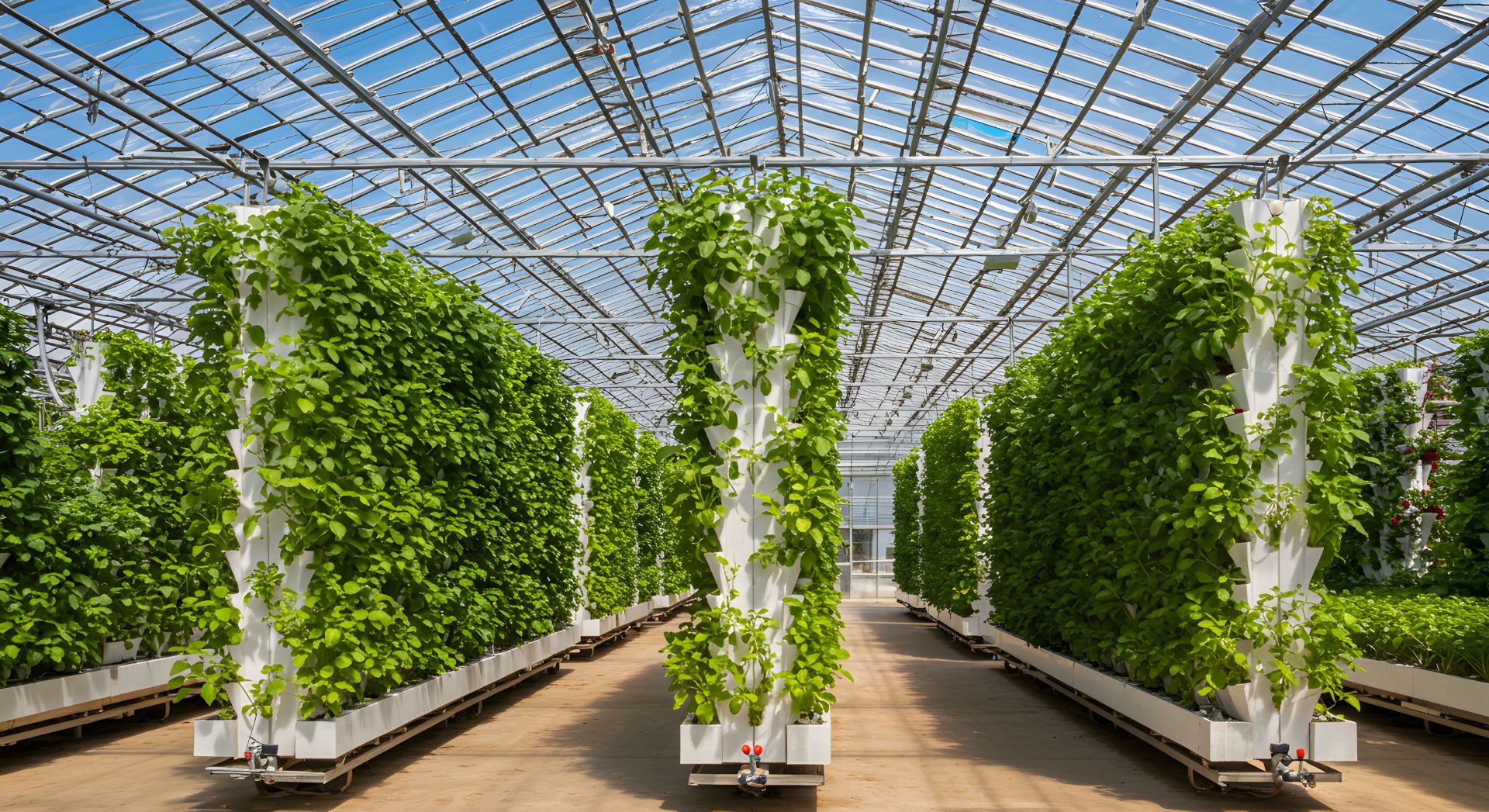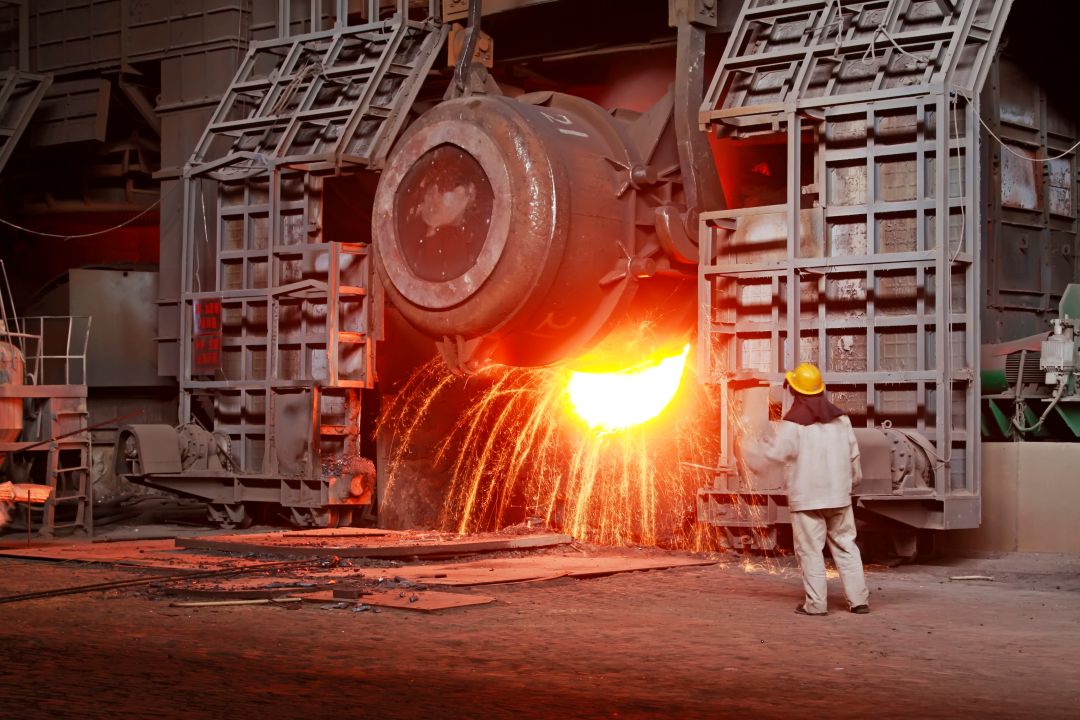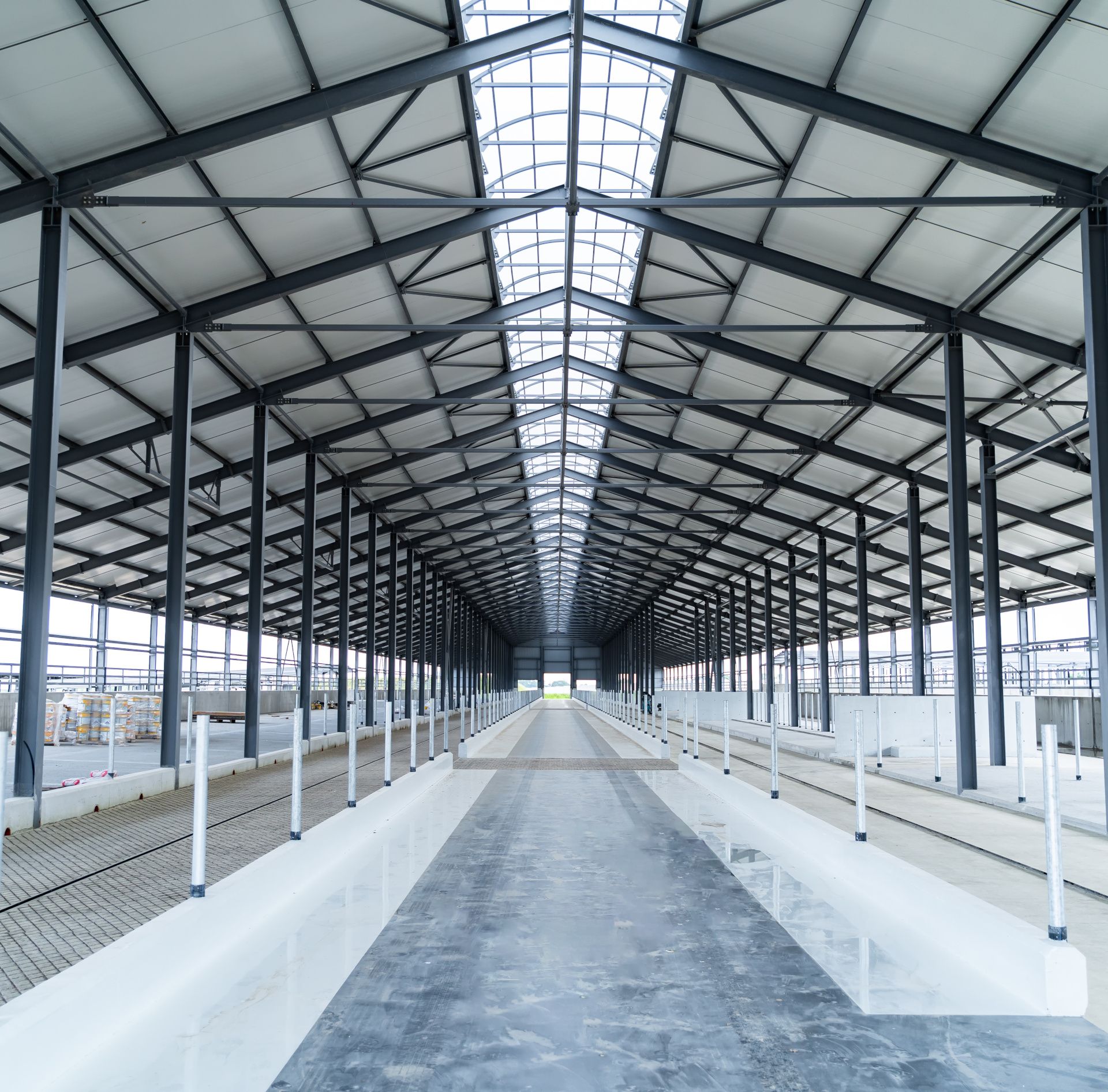As the UK marches towards its ambitious goal of reaching net-zero carbon emissions by 2050, the spotlight is firmly on industries with high environmental impact, and construction is no exception.
With buildings responsible for a significant share of the nation’s greenhouse gas emissions, there’s an urgent need to adopt more sustainable materials and methods in the built environment.
Steel buildings are emerging as a vital part of this shift. Known for their strength, versatility, and efficiency, steel-framed structures are proving to be not only durable but also highly sustainable when properly implemented.
This blog explores the growing role of steel buildings in helping the UK meet its net-zero carbon targets.
Understanding Net-Zero Carbon and the Construction Sector
Net-zero carbon refers to balancing the amount of carbon emitted with the amount removed from the atmosphere.
For a country like the UK to achieve this by 2050, every sector must play its part—including construction, which is responsible for a considerable proportion of both operational and embodied carbon emissions.
Operational carbon arises from the day-to-day running of buildings, such as heating and lighting, while embodied carbon includes emissions from materials, transport, and construction processes. Reducing both is essential to achieving net-zero goals, and steel buildings present promising solutions on both fronts.
Steel as a Sustainable Building Material
Steel is one of the most recyclable materials on the planet, and its use in construction supports a closed-loop lifecycle.
Most structural steel in the UK is already made with a high proportion of recycled content, and the material can be reused or recycled repeatedly without losing its strength or quality.
Compared to traditional materials like concrete, steel also produces significantly less on-site waste.
Its prefabricated nature and precision manufacturing mean components arrive ready to assemble, cutting down on material off-cuts and lowering the carbon footprint associated with waste disposal.
Design Efficiency and Energy Performance
Steel buildings lend themselves to modern design methods that enhance energy efficiency.
Their structural integrity supports advanced cladding systems and airtight construction, helping to minimise heat loss and improve thermal performance, particularly valuable in the UK’s varying climate.
Innovative insulation solutions can be easily integrated into steel frames, reducing the reliance on energy-intensive heating and cooling systems.
This efficient design not only supports lower operational carbon emissions but also leads to long-term cost savings for building owners and tenants.
Prefabrication and Off-Site Manufacturing
One of steel’s major advantages lies in its compatibility with off-site manufacturing. Prefabricated steel components are produced in controlled factory settings, which dramatically reduces on-site emissions caused by machinery, transport, and waste handling.
Off-site construction also allows for tighter quality control, ensuring higher standards in energy performance and reducing the likelihood of costly defects or inefficiencies.
The speed and precision of prefabrication make steel a strong contender for sustainable, scalable construction.
Innovations in Low-Carbon Steel Production
The steel industry is undergoing a major transformation as it seeks to reduce the carbon intensity of steelmaking.
Emerging technologies such as hydrogen-based steel production and electric arc furnaces powered by renewable energy are being explored to phase out traditional, high-emission methods.
In the UK, companies are investing heavily in green steel initiatives, aiming to bring low-carbon alternatives to market within the next decade.
As these innovations become commercially viable, the carbon footprint of new steel buildings will be reduced even further, supporting broader national and global climate goals.
Retrofitting and Reuse of Existing Steel Structures
Steel’s exceptional durability means many existing structures can be retrofitted rather than demolished.
Reusing the original steel frame can significantly lower embodied carbon, extending the lifecycle of a building while saving on the environmental cost of new materials.
This adaptability also makes steel ideal for future-proofing buildings.
Structures can be extended, modified, or repurposed without major reconstruction, aligning perfectly with circular economy principles and reducing the need for carbon-intensive rebuilds.
Compliance with UK Green Building Standards
Steel buildings are well suited to achieving high environmental ratings under schemes such as BREEAM (Building Research Establishment Environmental Assessment Method), Passivhaus, and the UK Green Building Council’s frameworks.
Their energy efficiency, waste reduction, and material sustainability all contribute to strong scores under these certification schemes.
Furthermore, the UK government is increasingly offering incentives for low-carbon construction, including tax breaks and funding for green infrastructure.
Choosing steel construction helps meet regulatory demands and provides a competitive edge in attracting eco-conscious investors and tenants.
Conclusion
Steel buildings are not just robust and versatile—they’re also a key component in the UK’s transition to a low-carbon future.
With the right design, production, and lifecycle management approach, steel structures can significantly reduce embodied and operational carbon emissions.
As the UK construction sector adapts to meet net-zero targets, steel offers a clear path forward.
From improved energy performance to advances in green steel production, there’s never been a better time to embrace steel as a sustainable building solution.
Get in touch today if you require help with your steel buildings.

